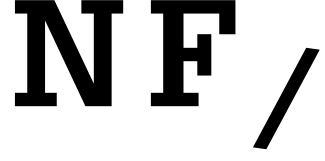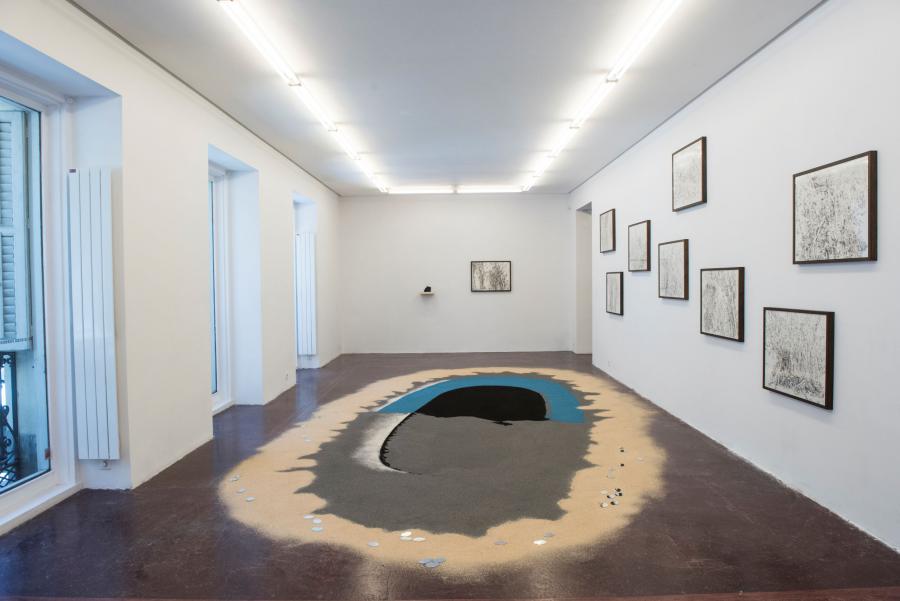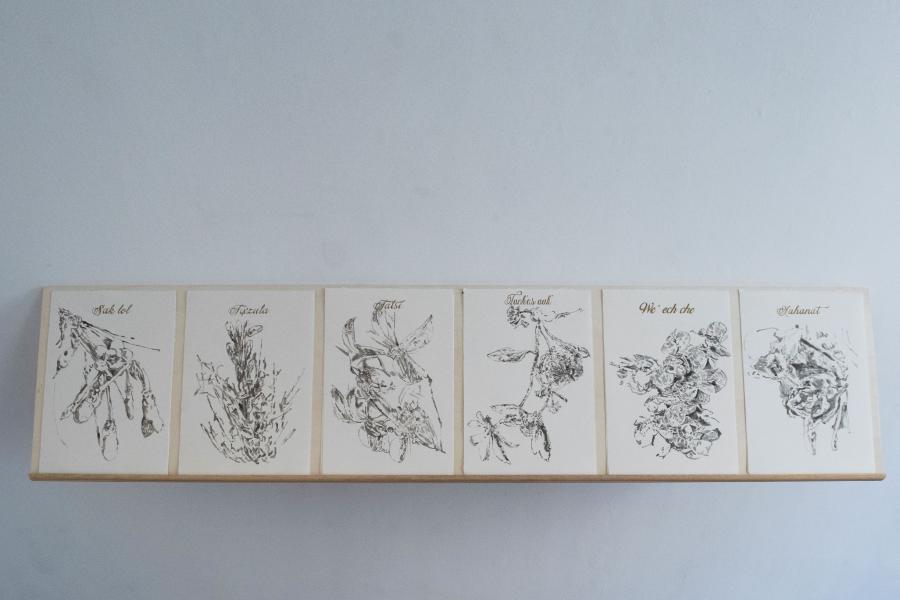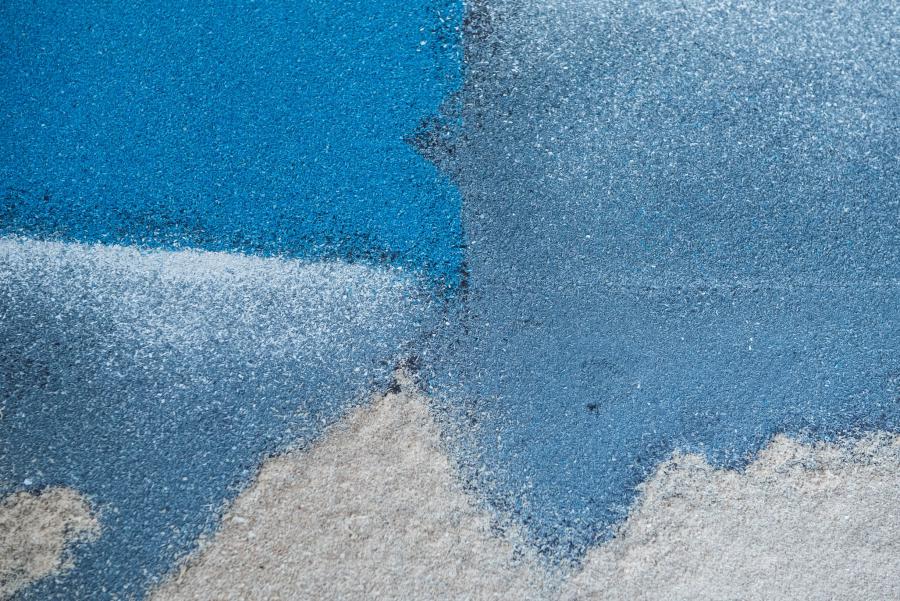FRITZIA IRÍZAR. CHICXULUB, ESTUDIOS EN UN PAISAJE.
NF/ NIEVES FERNÁNDEZ presents the exhibition “Chicxulub, studies in a landscape”, by Fritzia Irízar. The artist investigates the Chicxulub crater in Yucatán, to establish a link between the impact of a meteorite 66 million years ago with the SARS Cov 2 pandemic.
Analyzing history and disappearance of the weakest species, Fritzia Irízar reflects on the use of power and the specific circumstances in which it dictates on the collective natural environment based on economic benefit, generating situations in which ethics and respect for community life loses all its value.
Fritzia Irizar has exhibited in several international institutions such as the MUAC, Museo Ex Teresa Arte Actual, Sala Siqueiros and Museo Rufino Tamayo in Mexico City, the Orange County Museum of Art in Santa Ana, CA2M (Centro de Arte 2 de Mayo) in Madrid, Headlands Center for the Arts in San Francisco, CIFO Fundación Fontanals Cisneros in Miami, Giorgio Cini Foundation in Venice, Seattle Art Museum in Seattle, Fundación Banco Santander in Madrid, Beirut Museum of Art (BeMA) in Beirut and the Rashid Karami International Fair in Tripoli. She has also participated in different biennials: the 9th and 10th Mercosur Biennial in Porto Alegre, the 12th FEMSA Biennial in Monterrey and the 14th Cuenca Biennial.
Her work can be found in collections such as JUMEX, Mexico; Isabel y Agustín Coppel Collection, Mexico; Servais Collection, Belgium; Colección Olor Visual, Spain; Braddock Collection, USA; Proyecto Bachué, Colombia; CIFO Collection, USA; Fondazione Benetton, Italy; and CA2M, Spain.
66 million years ago on the Yucatan Peninsula in Mexico, a meteorite struck the earth. This phenomenon led to the extinction of the species that reigned on earth and determined the beginning of a new order in the life of the planet. Few times, beyond fiction, has life suffered a global attack like the one we all live this year, a specific and direct attack on our species, selective and almost with the design of a macabre experiment that has already changed us all.
There is no doubt that in order to understand our present and to be able to imagine our future, it is essential to study our past, even the most distant of which there is only a record between rocks or under the sea, as is the case of the Chicxulub crater.
Looking for clues in the most catastrophic past of our planet, I reached the center of the Chicxulub crater in Yucatán, wishing to allow myself to think about a possible future, armed with simple observation instruments, searching for clues, but at the same time transforming a magnifying glass into a sphere of divination. The crater at first glance is only a landscape, one marine and the other jungle, but in a context like that of the pandemic we are living in, it is an oracle. 66 million years ago the strongest and largest species perished, today the attack is for the weak, but not the weak by force of nature, the weak victims of the systems, victims of massive poisoning for money or food productivity, victims from their circumstances from which it is almost impossible to escape.
The landscape as a living entity suffers from the control exercised by groups in an authoritarian position, something like what Foucault names as pastoral power, referring to the shepherd, the guide of the sheep, who has control of where and where to go. Well, the French philosopher makes a comparison of that power exercised by the church and sentences contemporary life with the idea that this same authoritarian control has been prolonged in the modern state.
This project mainly questions that use of pastoral power exercised by the state and privileged groups over the rest of the inhabitants, but especially portrays specific circumstances in which this power dictates and decides on the collective natural environment, making use of tools of control such as economic to obtain immediate benefits, particular situations where ethics and respect for community life and the future of it lose all its value, leaving all decisions to economic or political criteria, the true pastors of our times.
An exhibition of return to the essential, made up of drawings, installations and photographs about the landscape, its desire for confinement, its transformation, its exploitation and its mourning.
Fritzia Irízar, 2021




















